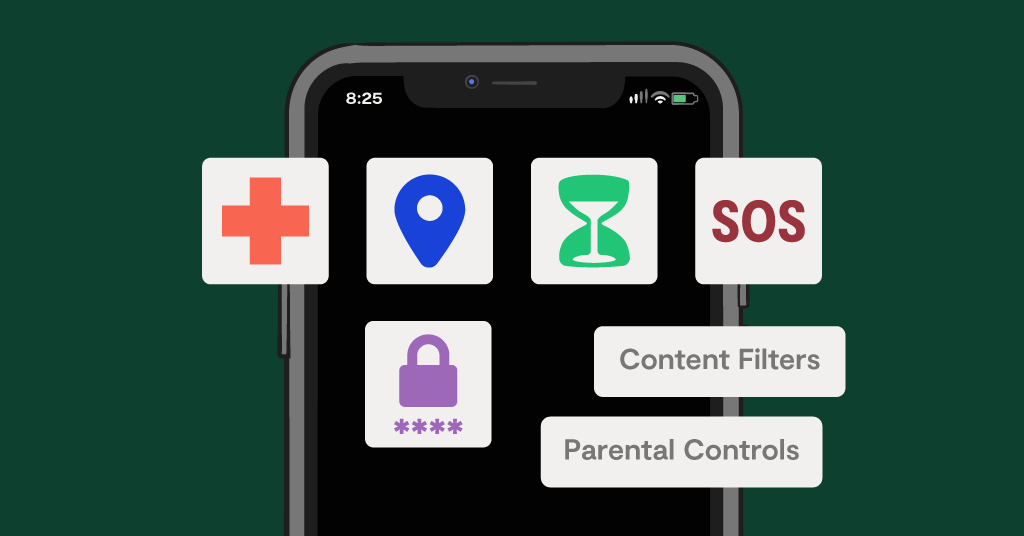Despite kids being way more tech-savvy than us nowadays, they’re sadly not immune to tricky online scams. Just as their grandparent’s generation is more vulnerable to scammers, kids can be just as susceptible to getting hacked. After all, any good scammer knows to target users who are likely to be naive to their schemes.
But the good news is that we can teach our kids solid digital literacy so they can spot scams and be less vulnerable to hackers. We’re going to go over some helpful information that you can use to teach your kids how to spot a scam and keep their accounts safe.
Teaching Your Kid How to Spot a Scam
Online scams come in all shapes and sizes, and scammers are constantly coming up with new strategies to trick the average internet user. Kids are usually targeted through social media, receiving DM requests, or private messages from shady accounts. But scammers have gotten more clever by using accounts that don’t seem sketchy and actually look familiar to their target.
For example, an account that looks like a friend from school may DM your child asking for personal information. Oftentimes it’ll be something like “I got locked out of my account, can you help me by sending me the code you just got sent?” Your child will think that because they know and trust this person, it’s okay to help them. In actuality, that friend’s account has already been hacked and is being manned by a scammer — and your child is just next on their list.
Let’s look at some specific signs that indicate a message is a scam.
Consider the content
Any message that is asking for personal information or is prompting you to take urgent action is definitely one to be wary of. Perhaps an account that looks like it’s from Instagram or Facebook will DM your child that their account is “violating the platform’s standards” and they’ll need to provide their login information to fix it. Or an unknown account will send a message telling your child they’ve won a giveaway or contest that your child never entered. Or it’ll be a “friends” account asking for specific personal information, like the example we looked at before.
All of these are bait! Be sure to tell your kids that if they ever encounter these types of messages, they should come to ask you about it before engaging with it at all.
Beware of any unknown links
One good rule of thumb for online scams is to be skeptical of all unknown links. If any of the above examples also include a link, that’s almost a surefire sign of a scam. When it’s a phishing scam, all your child has to do is click or tap the link for their device to be infected with malware or to have their personal data captured.
Know the dangers of sextortion
A more sinister scam that is specifically targeting many young people today is known as sextortion. This is when a hacker manipulates explicit images from someone and uses them to coerce the victim into doing something. Often, teen boys are targeted by accounts that appear to be attractive girls around their age.
These tragic scams put the teen in an impossibly difficult position and have even resulted in victims dying by suicide due to the pressure and shame they feel. It’s heartbreaking, which is why it’s crucial for teens to not trust everyone they talk to online and to not share personal data with anyone.
Implement good practices to protect against scams
So aside from being able to spot a scam, what are some other good practices to help your child keep their account protected? Here are a few practical tips:
- Ensure your child knows to not share personal information with anyone online.
- Use strong passwords for all accounts.
- Set up two-factor authentication (consider using your email or phone number to receive the confirmation codes so you can know when something is happening to your child’s account).
- If a suspicious message appears to be from someone you know, confirm with them through different means (i.e., if the message is on Instagram, send them a regular text message and ask if they actually sent this to you).
Take quick steps if the account is hacked
If your child falls for a scam, there are a few steps you can take. If you catch it soon enough, you may be able to recover their account with little to no consequence. Specifically, if you can speedily change your child’s password before the hacker changes anything, then you’re safe! Otherwise, you’ll have to take some additional steps, but it’s still possible to get your account back.
Most platforms have specific steps for recovering an account that’s been hacked. This usually involves reaching out to the platform’s support team and verifying your child’s identity to prove the account is theirs.
If these steps don’t work, then your final steps would be to at least report the hacked account until the platform takes it down. This is important if the hacker plans to use your child’s account to scam other people. From there, you’ll have to set up a new account for your child.
Consider Using Bark
Teaching your kids how to spot a scam is a great first line of defense against malicious hackers. But for an added layer of protection, you can use Bark’s monitoring to be alerted if your child is sent a suspicious message. If Bark detects anything concerning in your child’s texts, emails, or 30+ apps, then you’ll be sent an alert right away. And it goes beyond online scams — Bark can detect bullying, sexual content, predation, suicide/self-harm content, and much more.
Try our 7-day, free trial today to see for yourself how Bark can give you peace of mind in your child’s digital world.
Read more
Bark helps families manage and protect their children’s digital lives.






